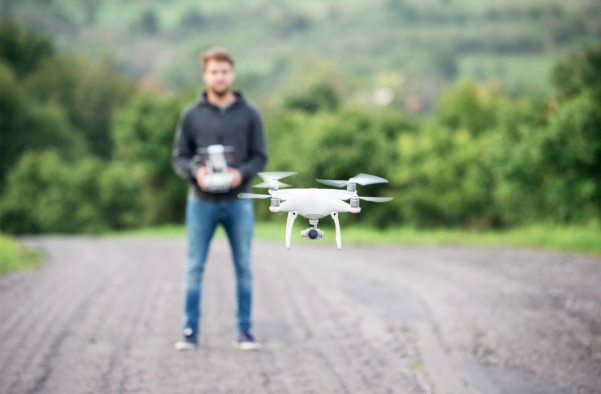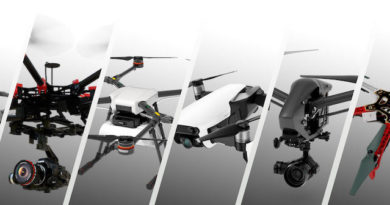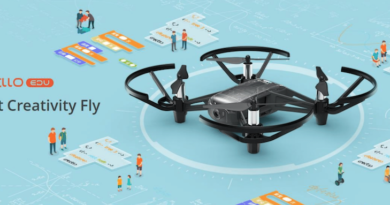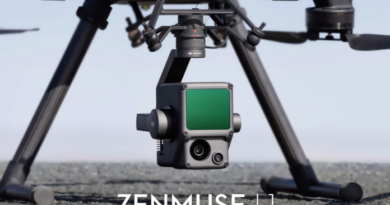Recent Improvements To Drone Range
Drones, and specifically quadcopters, have come a long way since they were first used in the military as unmanned aerial vehicles.
The new age drones are as popular in film making and photography, as in mission-critical or rescue operations. Photography enthusiasts, explorers, and documentary makers are thrilled with the technology that lets them fly without themselves being airborne, all with a drone controller in their hands.
While there are many features to research on while contemplating the purchase of a drone, one of the most popular characteristics is the flying range of the drone. The range indicates the distance around the controller, up to which the drone can fly without experiencing any lag.
Over the years, there has been an improvement to drone range that has enabled some of the drones of today to have a flying range of up to 18 km (11 miles)! DJI once again leads the charge in this category.

DJI Mavic 2 – Released in 2018 with a control range of 18 km
As you read this, you may think that drones with this extensive control range would be limited to the commercial, but in fact, these drones are readily available in the retail market. If you are on the market for one, here is an article describing the best long-range drones available to the public.
Are you atop a rocky mountain, and wish your camera lens could capture the flora on the other side of the deep abyss in front of you? Your advanced quadcopter has you covered.
Interestingly, the flying range of a drone is not a separate feature but is composed of the technology behind several components of the machine. Let us look at some of the key parts that make up a long-range drone.
The Size
When it comes to size, long-range drones operate best when designed with optimum weight and dimensions. While a lighter and smaller drone might be easier to fly, it also needs sufficient battery power to go the distance. A supremely lightweight drone would thus be likely to fail if it is unable to carry the required weight of the battery.
The Battery
Now that we know a long-range drone needs a good battery, what do we define as good?
Well, your drone needs enough power to last the long flight time it has to cover and return safely to where the controller is. Typically, a 5000mAh battery should be the starting point for your drones to fly away and back without hiccups.
The Communication Equipment
It is easy to lose sight of your drone when it has a longer flight range, and hence, it is vital to have a strong and stable radio communication activated between the quadcopter and the controller at all times.
Drones that support dual frequency bands are often recommended to keep your drone under control on those long journeys and prevent it from crashing.
Automatic Navigation
While having a stable communication between the drone and the controller is a basic requirement, it is always a better ride for the drone if it is equipped with the intelligence to return or land safely in case of a power or a communication failure. This is the reason new age; long-range drones have a built-in global positioning system (GPS) capabilities.
Apart from these, there is another feature that you might want to look into before investing in a long-range drone, which is the camera. If the main purpose of owning a long-range drone is to search and discover places or things among difficult terrain, it must be equipped with an excellent camera to capture those discoveries.
Drones are technically equipped to bring back essential elements to humans from difficult to reach areas. Thanks to revolutionary technologies, long-range drones are now a reality.

“Ruaan is an electrical engineer from Olso, Norway. He is the owner and lead author of buybestquadcopter.com, and when not rambling on about drones, he can be seen flying his Phantom 4 around town.”



